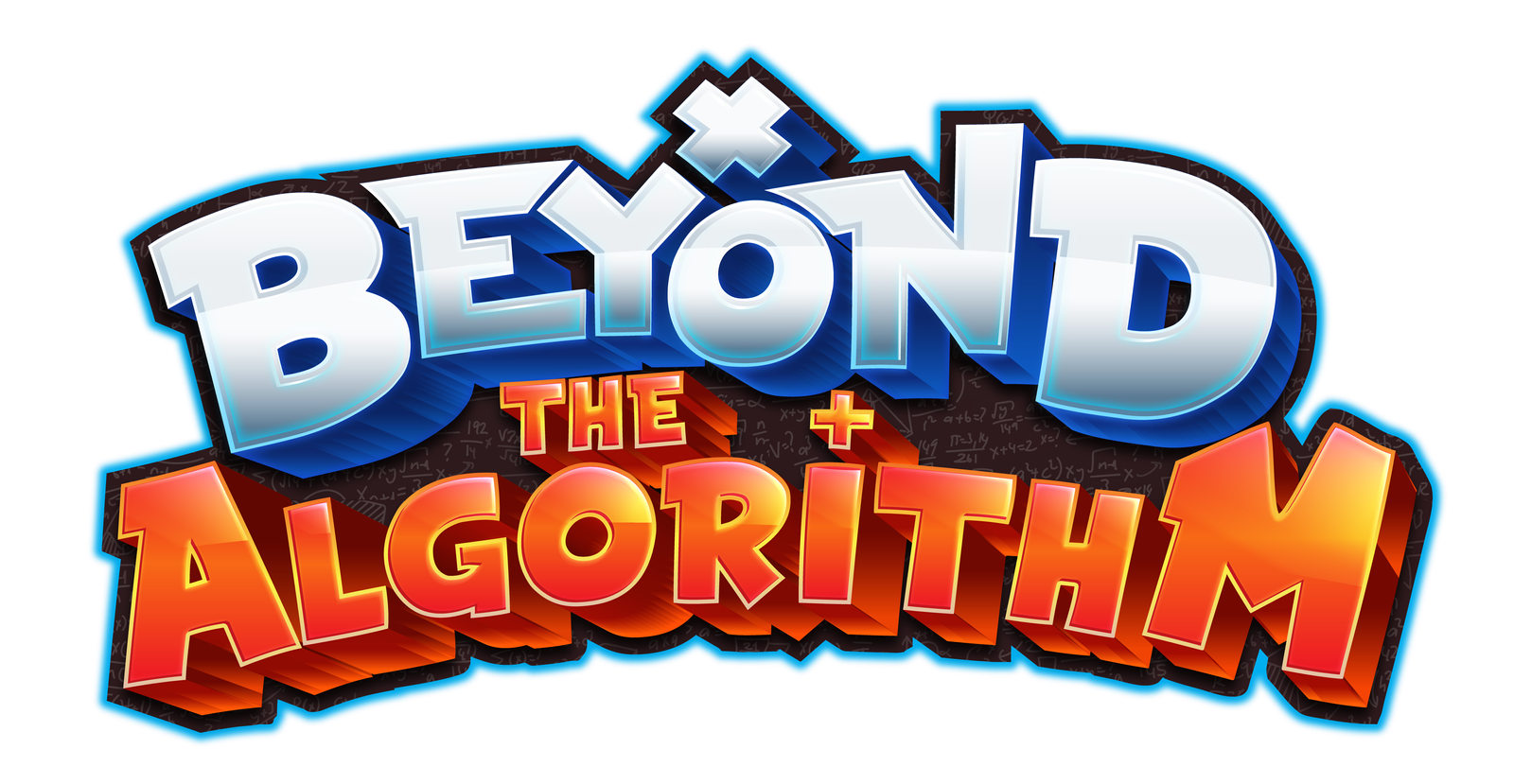NUMBER OUTCOME 1.1
Say the number sequence, 0 to 100.
Say the number sequence, 0 to 100, by:
- 1s forward and backward between any two given numbers
- 2s to 20, forward starting at 0
- 5s and 10s to 100, forward starting at 0.
[C, CN, V, ME]
- Choral Counting / Counting Collections
NUMBER OUTCOME 1.2
Recognize, at a glance, and name familiar arrangements of 1 to 10 objects, dots, and pictures.
Recognize, at a glance, and name familiar arrangements of 1 to 10 objects, dots, and pictures. [C, CN, ME, V]
NUMBER OUTCOME 1.3
Demonstrate an understanding of counting.
Demonstrate an understanding of counting by:
- indicating that the last number said identifies “how many”
- showing that any set has only one count
- using the counting on strategy
- using parts or equal groups to count sets.
[C, CN, ME, R, V]
- Choral Counting / Counting Collections
NUMBER OUTCOME 1.4
Represent and describe whole numbers to 20 concretely, pictorially, and symbolically.
Represent and describe whole numbers to 20 concretely, pictorially, and symbolically. [C, CN, V]
NUMBER OUTCOME 1.5
Compare sets containing up to 20 elements to solve problems.
Compare sets containing up to 20 elements to solve problems using:
referents (known quantity)
one-to-one correspondence.
[C, CN, ME, PS, R, V]
NUMBER OUTCOME 1.6
Estimate quantities to 20 by using referents.
Estimate quantities to 20 by using referents. [C, ME, PS, R, V]
NUMBER OUTCOME 1.7
Demonstrate, concretely, physically, and pictorially, how whole numbers can be represented by a variety of equal groupings with and without singles.
Demonstrate, concretely, physically, and pictorially, how whole numbers can be represented by a variety of equal groupings with and without singles. [C, R, V]
NUMBER OUTCOME 1.8
Identify the number, up to 20, that is one more, two more, one less, and two less than a given number.
Identify the number, up to 20, that is one more, two more, one less, and two less than a given number. [C, CN, ME, R, V]
NUMBER OUTCOME 1.9
Demonstrate an understanding of addition of numbers with answers to 20 and the corresponding subtraction facts, concretely, pictorially, physically, and symbolically
Demonstrate an understanding of addition of numbers with answers to 20 and the corresponding subtraction facts, concretely, pictorially, physically, and symbolically by:
- (1) using familiar and mathematical language to describe additive and subtractive actions from their experience
- (2) creating and solving problems in context that involve addition and subtraction
- (3) modelling addition and subtraction using a variety of concrete and visual representations, and recording the process symbolically.[C, CN, ME, PS, R, V]
NUMBER OUTCOME 1.10
Describe and use mental mathematics strategies (memorization not intended).
Describe and use mental mathematics strategies (memorization not intended), such as:
- counting on and counting back,
- making 10,
- doubles,
- using addition to subtract
- to determine basic addition facts to 18 and related subtraction facts. [C, CN, ME, PS, R, V]
PATTERN & RELATIONS OUTCOME 1.1
Demonstrate an understanding of repeating patterns (two to four elements).
Demonstrate an understanding of repeating patterns (two to four elements) by:
- describing,
- reproducing,
- extending,
- creating patterns using manipulatives, diagrams, sounds, and actions.
[C, PS, R, V]
PATTERN & RELATIONS OUTCOME 1.2
Translate repeating patterns from one form of representation to another.
Translate repeating patterns from one form of representation to another. [C, R, V]
PATTERN & RELATIONS OUTCOME 1.3
Describe equality as a balance and inequality as an imbalance, concretely, physically, and pictorially (0 to 20).
Describe equality as a balance and inequality as an imbalance, concretely, physically, and pictorially (0 to 20). [C, CN, R, V]
SHAPE & SPACE OUTCOME 1.1
Demonstrate an understanding of measurement as a process of comparing.
Demonstrate an understanding of measurement as a process of comparing by:
- identifying attributes that can be compared,
- ordering objects,
- making statements of comparison,
- and filling, covering, or matching.
[C, CN, ME, R, V]
SHAPE & SPACE OUTCOME 1.2
Sort 3-D objects and 2-D shapes using one attribute, and explain the sorting rule.
Sort 3-D objects and 2-D shapes using one attribute, and explain the sorting rule. [C, CN, R, V]
SHAPE & SPACE OUTCOME 1.4
Compare 2-D shapes to parts of 3-D objects in the environment.
Compare 2-D shapes to parts of 3-D objects in the environment. [C, CN, V]
